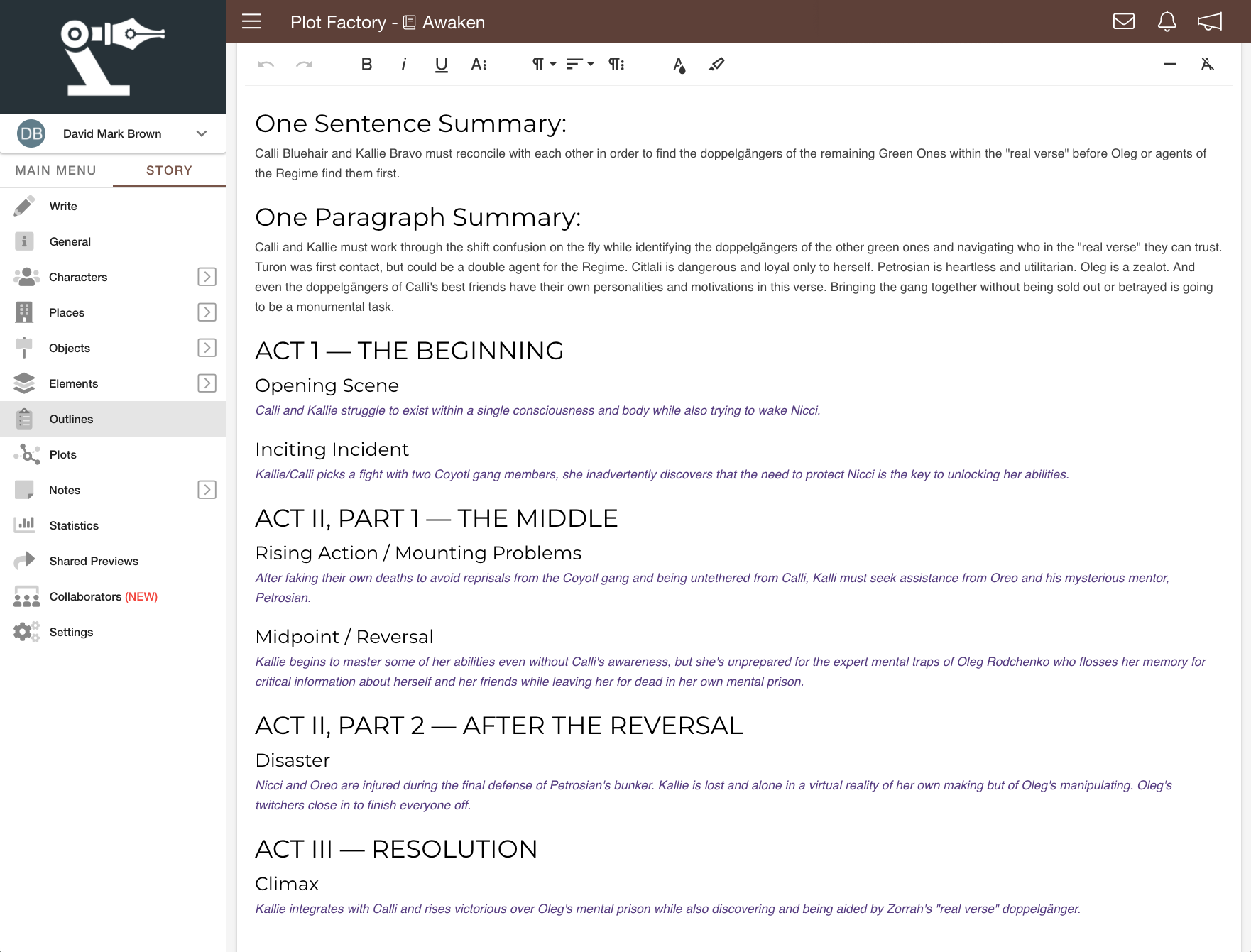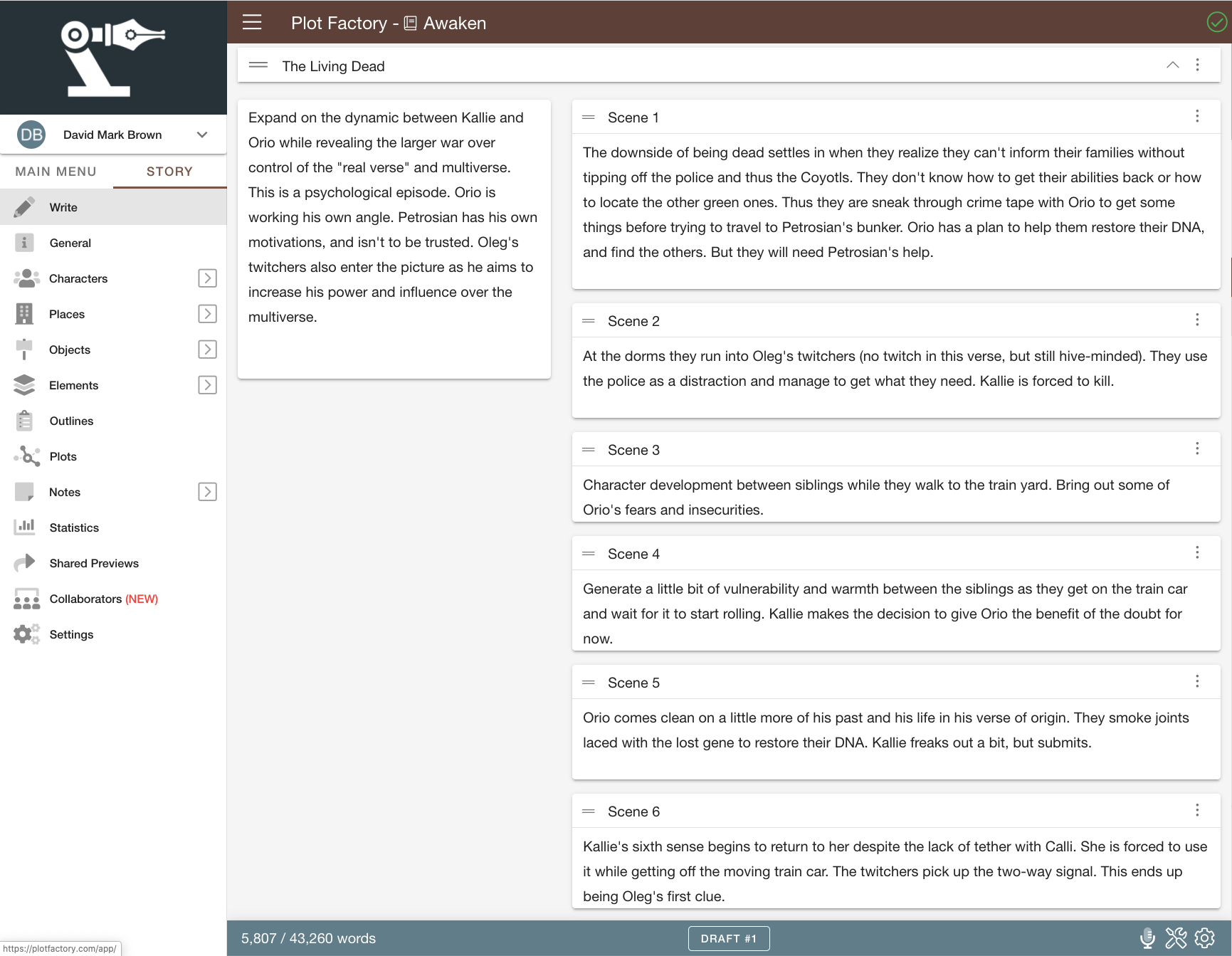Are you a planner or discovery writer?
What exactly is a planner, and what is a discovery writer?
A pure discovery writer is a rare animal, but they certainly do exist. JF Penn and Stephen King are examples. A pure discovery writer is someone who dives into the narrative straight away. They may have a main character profile previously developed, or they might begin with only the ending in mind. Sometimes a discovery writer will start with a climactic scene envisioned and no idea how the characters will get there.
Perhaps the author has the beginning in mind, but knows nothing of where the story will go from there. One form of discovery writing involves heavy world building in advance of the actual narrative process. In this case, the story itself emerges from the conflicts and/or needs of the world. But the bottom line with discovery writing is that the process of writing the narrative is the main guiding force of the plot. Discovery writers will do stuff like kill off a main character without premeditation. Wham! One minute the character is alive. The next, they're not.
Story planners or outliners are writer's who map out the plot first. Jim Butcher and James Patterson are examples of planners. At the extreme end of story planning, the writer will craft an outline with as many words as the final, finished story. Once the outline is finished, all that remains is to fill in some dialogue and word craft.
In advance of beginning the narrative, a story planner will map out plots and subplots. A story planner will decide on devices and fully develop characters and settings in advance. The actual writing of the narrative is the frosting on the cake for a true planner.
The reality for most writers will shake out somewhere in between extreme planning and extreme discovery.
How do you know if you are a planner or a pantser?
To a certain extent, the only way to completely nail down your style is to start writing. But you don't have to go into the process blind. After all, writing a book is simply a steroid-injected extension of your natural decision making and creative processes. Do you make important life decisions with your head or your heart? Are you a list maker or do you prefer sticky notes? Are you a file cabinet person or a pile person?
When you go on vacation do you prefer to have every detail planned in advance? or do you like to play things by ear? Does spontaneity give you anxiety? Does structure feel like a prison?
Don't get me wrong. Your optimal method for organizing and writing a story may not line up with how you like to organize the rest of your life, but knowing how you like to attack a challenging project will give you a good place to start. The most important thing is to start. Before you do that, we need to cover the basics of story structure.
The Elements of Story Structure
At the most basic level, almost all stories will include the following elements:
The Opener or Hook: This element can also be known as "The Who" or "The Status Quo." This is the time in the story to introduce the main character and their motivation, challenge, goal, or quest. The stakes (physical or emotional) must be high enough to justify the rest of the story.
The Inciting Event: This is the catalyst that forces the main character out of their status quo and into the action of the story. This is also where you introduce the antagonist (person, mindset, force, entity, etc.) to your protagonist. If you are having trouble with the inciting event, you've most likely started your story in the wrong place.
Series of Crises or Rising Action: This is the section of the story where the protagonist is hit with conflict after conflict in order to ratchet up the tension. The most common generality during this section is that each of the crises should progressively grow worse until it feels overwhelming or nearly overwhelming for the protagonist.
Climax or The All is Lost Moment: This is the point in the story where it appears that your protagonist has lost or failed. Don't confuse this moment with the ending or the resolution. If the story ends here, readers are going to be upset, and for good reason.
End or Resolution: Ends come in a few general categories. The protagonist either loses, wins, or loses and wins by sacrificing one thing for another or failing to win in the way they had intended in order to win in another. The end is also the moment in the story where loose ends are tied off and teasers are provided for the next book (if a part of a series).
We won't take the time to go into any sort of detail on the most common story structures, but here are links to solid descriptions of several.
The Hero's Journey - Joseph Campbell's Theory of the Monomyth
In Medias Res - Literally Translated as "Into the Middle of Things"
Classic Three Act - The Historically Most Widely Used Model for Narrative Fiction
Seven Point - An Expanded Version of the Classic Three Act Model
James Scott Bell's Two Pillars - A Fresh Take on a Time-Tested Structure
Fichtean Curve - A Series of Escalating Crises
Visualizing the Process
So what does planning a story actually look like? Here, at Plot Factory, we actually offer a few ways to do that. We've provided some screenshots on how you might plan your stories with us.
The Snowflake Method
This method leans heavily to the planning or outlining side of things. If you know you need some planning, but you aren't sure how much, the Randy Ingermanson Snowflake method is ideal, because it begins with very simply summaries and expands in complexity as far as you need to push it.
The Beats Method
This method allows for a more discovery-driven approach. Beats writing is flexible and adaptable on the fly, so it is perfect for writers who like to plan as they go or want the room to improvise when inspiration strikes.
The most important thing to remember throughout your discovery process is to keep writing. Never let confusion about how to structure your story prevent you from writing. Inevitably, your writing odyssey will meander and evolve as you discover the best story planning process for you. Some writers will find a heavy focus on character development to be most helpful. Others enjoy world building above all else. You may want to attempt short fiction based on central characters as an early discovery process. Feel free to create an outline, throw it away, and start over. Sure, reading books about story structure is recommended. But remember, doing the writing is the essential piece of progressing toward your own unique process.
* * *
Recommended Resources
* * *
Did you enjoy the article?
If you found this article useful, we think you'll love how Plot Factory helps authors plan, organize, and create stories. Our service caters to both hobbyist authors and professionals.
If you would like to know more about what we do, check out our home page!

